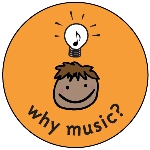How to teach creativity and nurture it often gets lumped into “the arts,” but creativity is about so much more than that. It has to do with asking the right questions, encouraging pretend play in different settings, providing starting points and watching (or nurturing vs leading) the problem-solving at work.
One of the best places to turn up the volume on creative learning is outside. We asked Co-Founder and Chief Learning Officer of Tinkergarten (now part of Highlights for Children) Meghan Fitzgerald, some of her team’s favorite go-tos when it comes to breaking down creativity into digestible, reachable, and teachable ideas for teachers and families. Here’s what she had to say.
What is creativity?
The term “creativity” gets bounced around frequently— it’s one of those words that is both common and nuanced, so we often miss all the underlying shades of meaning. On the flipside, it’s hard to find anyone who doesn’t agree that creativity is core to what makes us human, and the earlier we can support creative learning the better as it helps kids become more ready to learn, to maintain strong relationships, and to prepare for all that they’ll face as a generation.
Creativity has been core to Highlights for Children, Tinkergarten and Kindermusik from day one. Plus, inspiring young children to be creative is more necessary than ever for the kids we love and teach. At Tinkergarten, we define creativity as “the ability to both imagine original ideas or solutions to problems and make them happen.”
We need creativity to do so many things, from expressing our ideas to solving problems to developing strong relationships and more. The world our kids will inherit is increasingly complex, and the pace of change is only accelerating. In order for all of us to survive and thrive, their generation is going to have to dream up and implement innovative solutions to some really thorny problems.
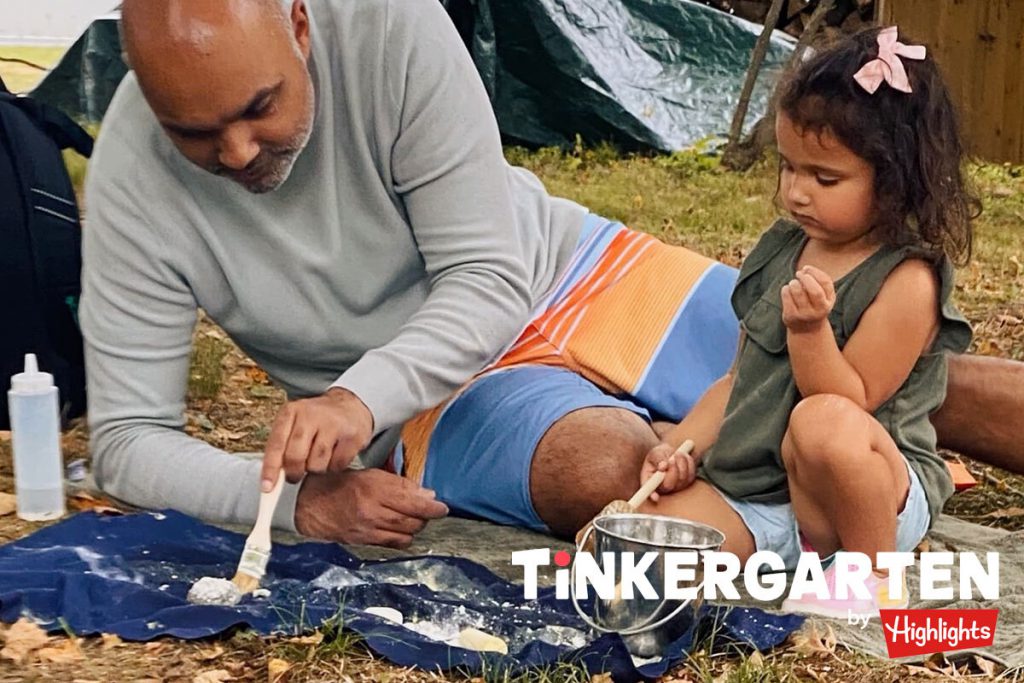
Perhaps Sir Ken Robinson said it best, “Creativity is as important now in education as literacy, and we should treat it with the same status.” This imperative is why you’ll find “Creativity” right alongside literacy and STEAM in a Highlights preschool classroom. “Creative is one of our 4 C’s at Highlights, and it’s key to how, for decades, we’ve supported children in becoming their best selves,” explains Emily Hawkins of Highlights, Early Learning Team.
How do we teach creativity in the early years?
When we harness the power of play-based learning, we give kids the tools to become their best creative selves.
There’s no doubt that supporting all kids’ creativity is mission critical, and the good news is, they’re natural at being creative! With intentional and supportive experiences, they can build a strong and lasting foundation in creative thinking and action to carry forward. In short, creativity is a super-power that will help our children navigate and change the world.
Here are three of our favorite ways to inspire creativity in young children.
Prioritize imaginative play.
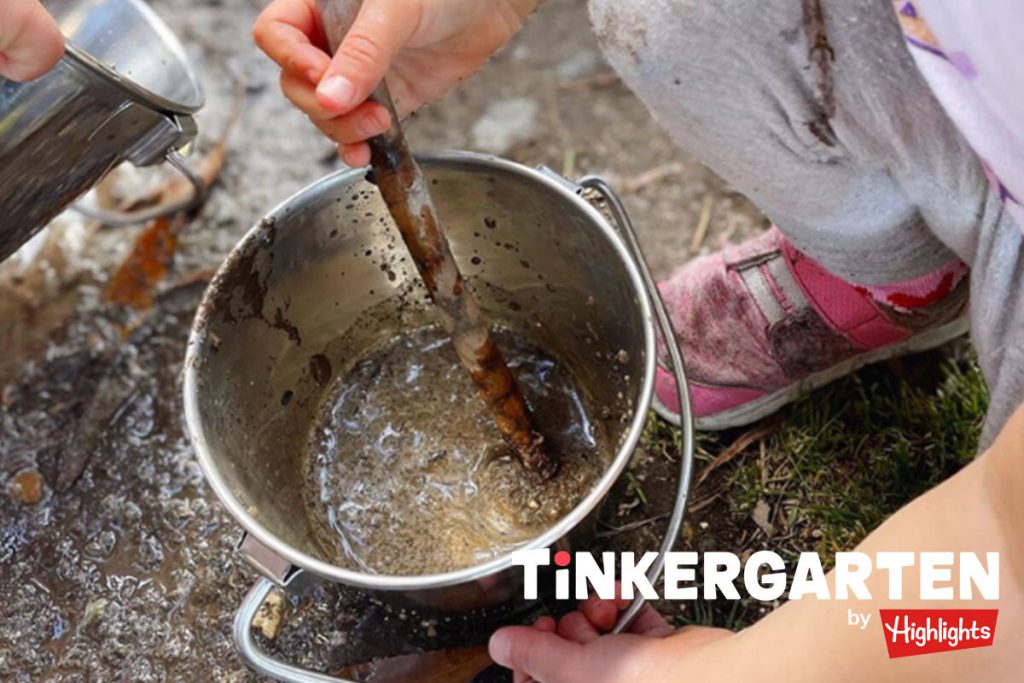
When kids use their imaginations and engage in pretend play, they develop a key component of creativity—cognitive flexibility. We need this ability to adjust and adapt to new information in order to create new things. Kids are natural at pretending, so all we need as grown ups is to offer space, time and the right invitations.
You can:
- Look for preschool programs and play-based activities that provide regular opportunities to engage kids in enriching stories, pretend play contexts and imaginative play projects.
- Work together with kids to turn a whole corner of your classroom or living room into outer space.
- Stoke kids empathy and creativity by setting up a pretend rescue shelter for stuffed animals.
- Devote a week or two to “bakery” play, turning a table into a bake shop! Or, if you have outdoor space, build a mud pie factory!
Support divergent thinking through play.
Kids are born creative geniuses—wonderfully adept at divergent thinking, the aspect of creativity that we draw on in order to generate endless possibilities in novel situations. We can support this by giving kids plenty of playful practice with generating their own ideas.
Here are 3 no-cost activities you can try—watch this video to learn more!
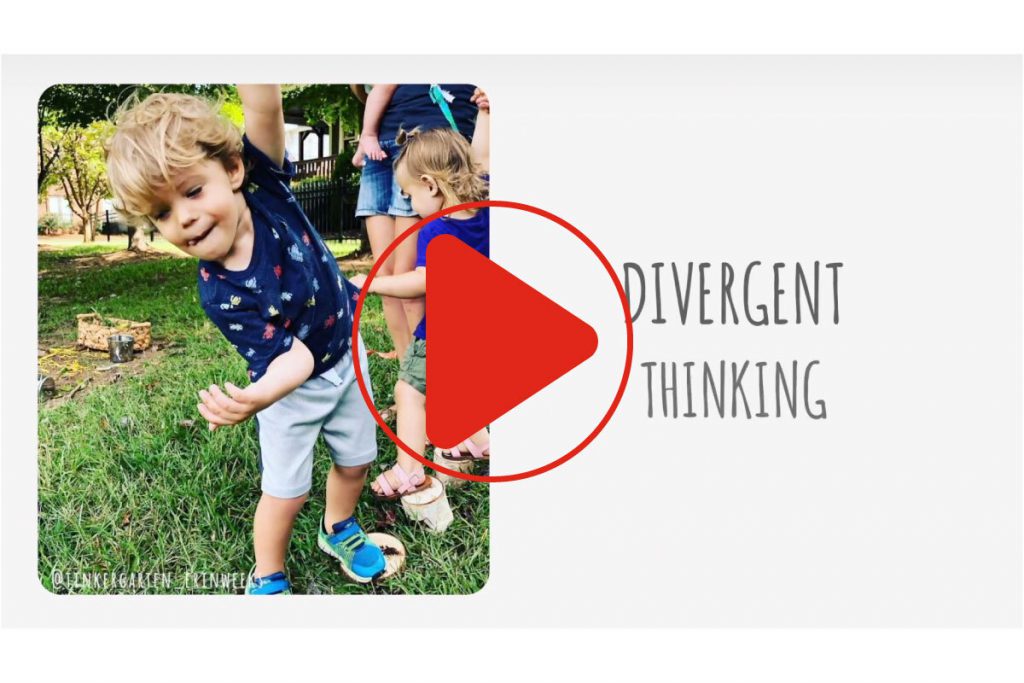
- Explore what we at Tinkergarten call “Not A” play. Start with an everyday object like a box or a stick, then call it a “Not a Box” or “Not a Stick” and imagine and act out, instead of all of the many things it could be. You can do this with sounds, too! Use your voice or an instrument to make a sound. What could that sound be? Who or what could have made it? What kind of song can we build on if it becomes the first note?
- Continue creative conversations with questions like “Yes, that is a fishing pole…and what else could it be?” Want even more ways to spark improvisation in kids’ play? Check out this video.
- Go outside and encourage play with natural objects like rocks, sticks, or dirt. These “top toys of all time” can be used in limitless ways, so all you have to do is give kids a little boost and watch them create.
Explore the Three Bs.
When the Tinkergarten team designed our Creativity curriculum, we leveraged what neuroscientists term the “three Bs”— breaking, bending, and blending. The “three B’s” are cognitive functions that underlie all innovative thinking. In our brains, we:
- Bend concepts, stretching them to their limits as we create,
- Break ideas apart, and
- Blend them together with others in order to innovate.
When little kids learn, they use physical experiences to build a foundation for cognitive or thought-based understanding later on. That’s why these 3 basic strategies of bending, breaking and blending can be helpful when we are mapping children’s play/exploration to development of creativity. So, provide kids lots of opportunities to break, bend and blend objects!
Here are a few of our favorites for supporting the Three Bs:
- Parts & Wholes: Break up paper or objects from nature, then rearrange the pieces to create a fresh design.
- Weave: Use rubber bands to turn a piece of cardboard into a portable “loom” so kids can bend and weave objects in and out.
- Vocalize: Play with “bending” or changing your voice as you make sounds or sing. Try to sing a song everyone knows at a slow pace. Sing it again fast.
Keep learning about creativity!
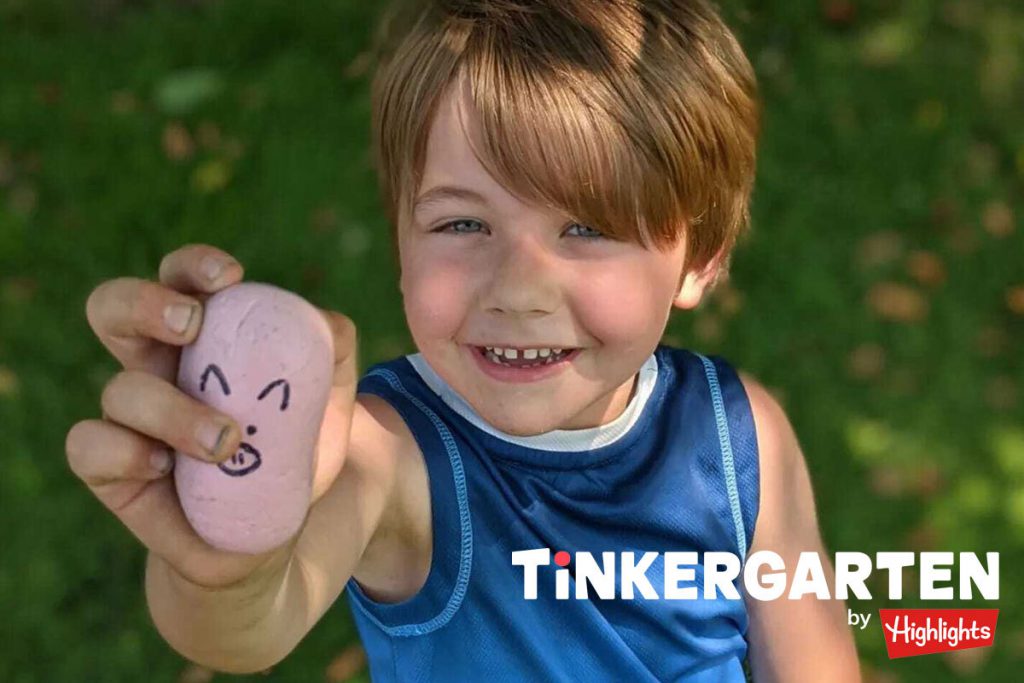
Thanks to our friends at Tinkergarten for these engaging activity ideas! We hope they help you take teaching creativity to the next level.
Curious to learn more about how purposeful outdoor play can support essential skills like creativity? Try a free 2-week trial of Tinkergarten for Teachers or Tinkergarten for Families. Would you love a curriculum based on Highlights’ decades of experience in helping kids be their most curious, creative, caring, and confident selves? Try a free month of Highlights’ Preschool with a Purpose! However you support kids’ natural creativity in your teaching, we cheer you on and wish you joy in the process.
This post was authored by Meghan Fitzgerald, Co-Founder and Chief Learning Officer of Tinkergarten.

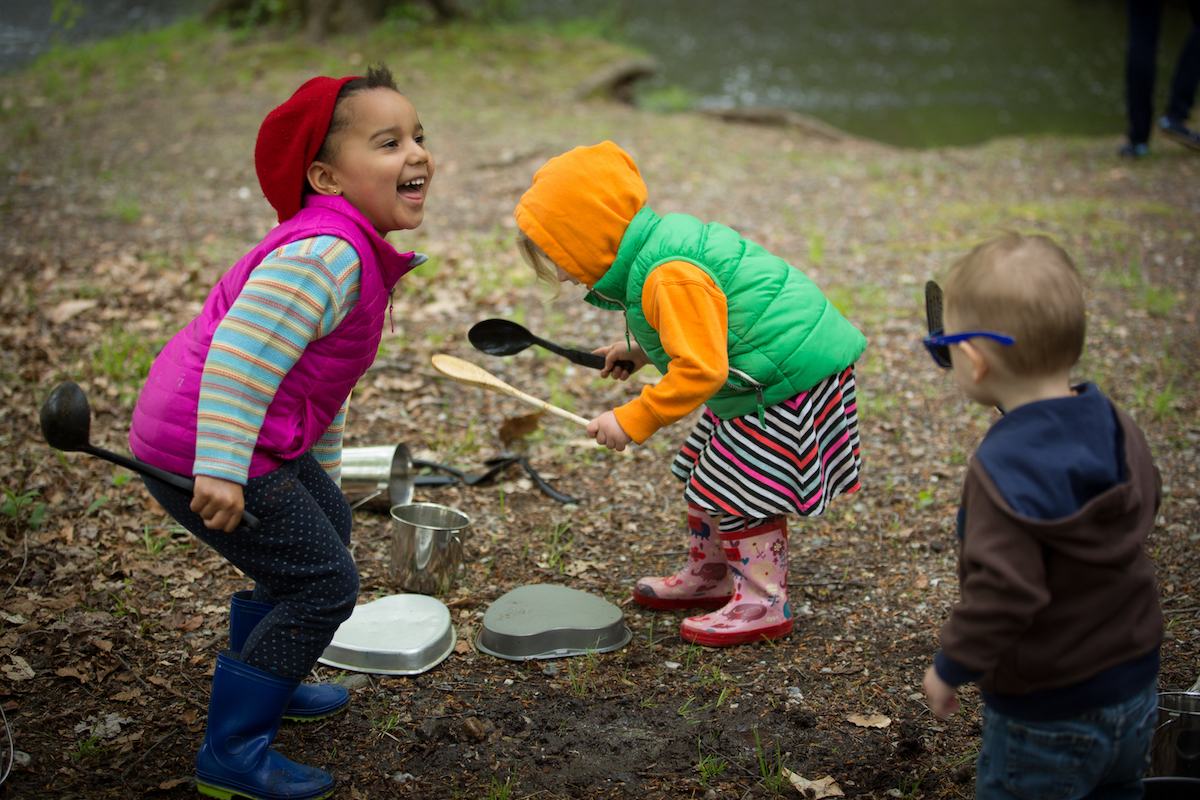

 It’s Halloween! In many parts of the world, this means dressing up in costumes and pretending to be a cowboy, ninja, ballet dancer, or even a cowboy ninja ballet dancer. (Hey, it could happen!) While the stores—and Pinterest—overflow with costume options for children this time of year, truth be told, children love dressing up and pretending all year long. And they should! It’s good for them.
It’s Halloween! In many parts of the world, this means dressing up in costumes and pretending to be a cowboy, ninja, ballet dancer, or even a cowboy ninja ballet dancer. (Hey, it could happen!) While the stores—and Pinterest—overflow with costume options for children this time of year, truth be told, children love dressing up and pretending all year long. And they should! It’s good for them.